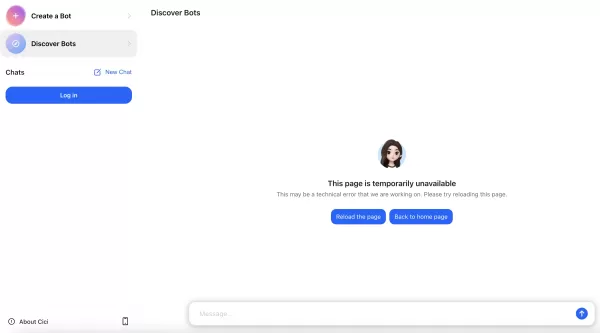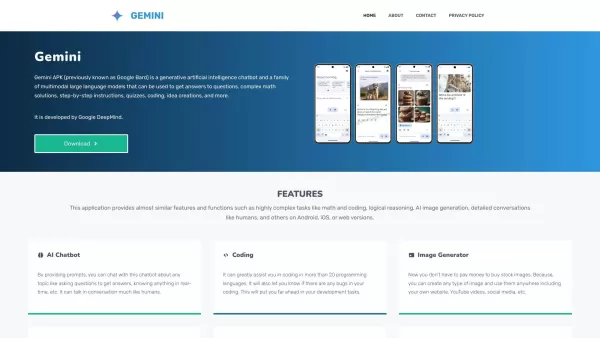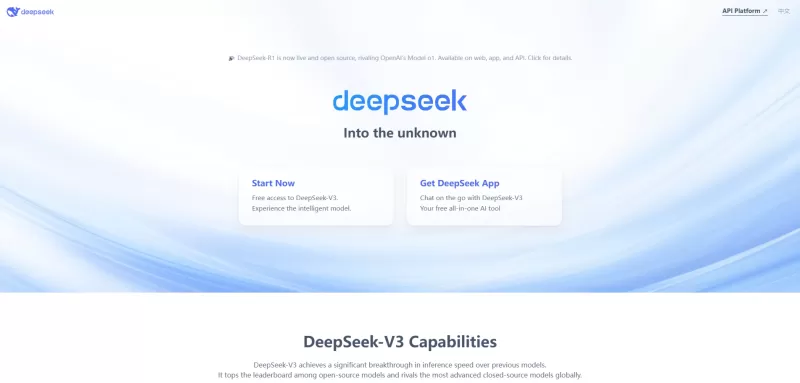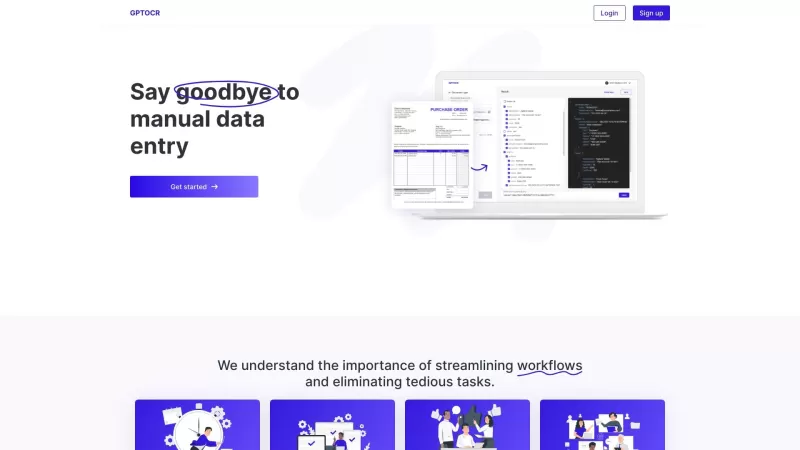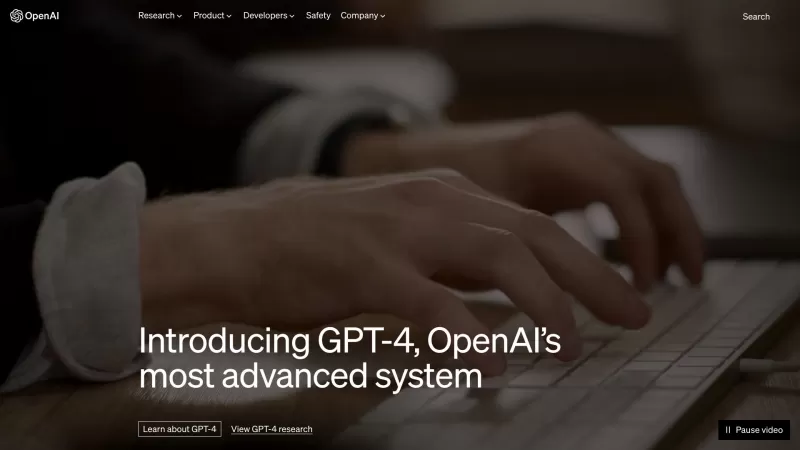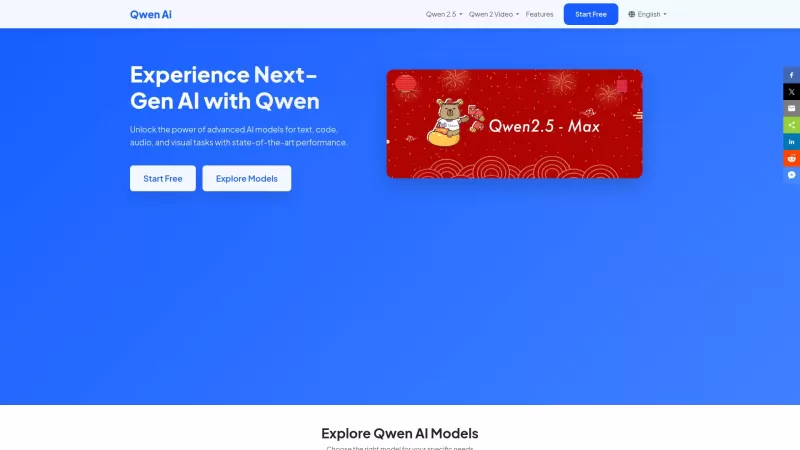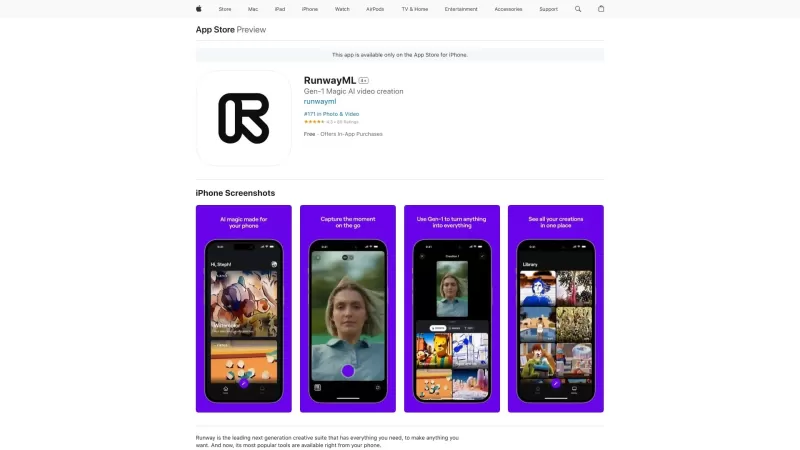New Study Reveals How Much Data LLMs Actually Memorize
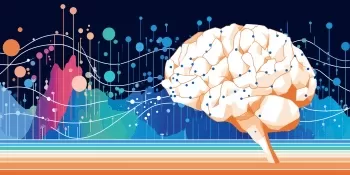
How Much Do AI Models Actually Memorize? New Research Reveals Surprising Insights
We all know that large language models (LLMs) like ChatGPT, Claude, and Gemini are trained on enormous datasets—trillions of words from books, websites, code, and even multimedia like images and audio. But what exactly happens to all that data? Do these models truly understand language, or are they just regurgitating memorized snippets?
A groundbreaking new study from Meta, Google DeepMind, Cornell, and NVIDIA finally gives us some concrete answers—and the results might surprise you.
The Big Question: Memorization vs. Generalization
At their core, LLMs work by detecting statistical patterns in language. When you ask ChatGPT about apples, it doesn’t "know" what an apple is in the human sense—instead, it recognizes that the word "apple" frequently appears alongside terms like "fruit," "red," "orchard," or even "iPhone." This statistical understanding is encoded in billions of parameters (essentially adjustable settings in the AI’s neural network).
But here’s the million-dollar question: How much of an LLM’s knowledge comes from generalized learning, and how much is just verbatim memorization?
This isn’t just academic—it has real-world legal implications. If AI models are found to be copying large chunks of copyrighted text, lawsuits from artists, authors, and publishers could gain traction. But if they’re truly learning patterns rather than exact content, AI companies might have stronger fair use defenses.
The Answer: 3.6 Bits Per Parameter
The study found that LLMs have a fixed memorization capacity of about 3.6 bits per parameter. What does that mean in practical terms?
- A single bit is the smallest digital unit (0 or 1).
- 3.6 bits can store about 12 distinct values—like picking a month of the year or rolling a 12-sided die.
- It’s not enough to store a full English letter (which needs ~4.7 bits), but it could encode a character from a reduced set of 10 common letters.
- In bytes, 3.6 bits is just 0.45 bytes—less than half a standard ASCII character.
Crucially, this number held steady across different model sizes, architectures, and even precision levels (though full-precision models reached slightly higher at 3.83 bits/parameter).
The Big Surprise: More Data = Less Memorization
Here’s where things get really interesting: Training on more data doesn’t increase memorization—it actually reduces it.
As lead researcher Jack Morris explained:
"Training on more data forces models to memorize less per sample."
Think of it like this: If an AI has a fixed "memory budget," spreading it across a larger dataset means each individual piece gets less dedicated storage. So, bigger datasets encourage generalization over rote copying—which could ease concerns about AI regurgitating copyrighted or sensitive content.
How Did Researchers Measure This?
To isolate memorization from generalization, the team trained models on completely random bitstrings—data with no patterns or structure.
Why? Because if a model reconstructs a random string, it must have memorized it—there’s no underlying logic to infer.
This approach allowed them to:
✔ Measure pure memorization, separate from learned patterns.
✔ Confirm that memorization scales predictably with model size.
✔ Show that generalization kicks in as datasets grow larger.
Real-World Implications
- Smaller datasets lead to more memorization.
- Larger datasets push models toward generalization (with a temporary "double descent" dip in performance).
- Higher precision (e.g., float32 vs. bfloat16) slightly increases memorization capacity (from 3.51 to 3.83 bits/parameter).
Unique Data Is More Likely to Be Memorized
While the study focuses on averages, highly unique or stylized content (like rare code snippets or distinctive writing) may still be more vulnerable to memorization.
However, membership inference attacks (trying to detect if specific data was in the training set) become unreliable as datasets grow—supporting the idea that large-scale training reduces privacy risks.
Putting It Into Perspective
- A 500K-parameter model can memorize ~225 KB of data.
- A 1.5B-parameter model can store ~675 MB.
- That’s not enough to reproduce entire books or images, but it does account for distributed textual patterns.
Legal Ramifications?
This research could play a key role in ongoing AI copyright lawsuits. If courts see that LLMs primarily generalize rather than copy, AI companies may have stronger fair use arguments.
The Bottom Line
More data = safer, more generalized AI. Instead of fearing massive datasets, we might actually want them—because they push models toward understanding rather than memorizing.
This study doesn’t just deepen our grasp of AI—it could reshape how we regulate, develop, and trust these powerful systems moving forward.
Related article
 Multiverse AI Launches Breakthrough Miniature High-Performance Models
A pioneering European AI startup has unveiled groundbreaking micro-sized AI models named after avian and insect brains, demonstrating that powerful artificial intelligence doesn't require massive scale.Multiverse Computing's innovation centers on ult
Multiverse AI Launches Breakthrough Miniature High-Performance Models
A pioneering European AI startup has unveiled groundbreaking micro-sized AI models named after avian and insect brains, demonstrating that powerful artificial intelligence doesn't require massive scale.Multiverse Computing's innovation centers on ult
 TensorZero Secures $7.3M Seed Funding to Simplify Enterprise LLM Development
TensorZero, an emerging open-source infrastructure provider for AI applications, has secured $7.3 million in seed funding led by FirstMark Capital, with participation from Bessemer Venture Partners, Bedrock, DRW, Coalition, and numerous industry ange
TensorZero Secures $7.3M Seed Funding to Simplify Enterprise LLM Development
TensorZero, an emerging open-source infrastructure provider for AI applications, has secured $7.3 million in seed funding led by FirstMark Capital, with participation from Bessemer Venture Partners, Bedrock, DRW, Coalition, and numerous industry ange
 Meta Shares Revenue with Hosts of Llama AI Models, Filing Discloses
While Meta CEO Mark Zuckerberg emphasized in July 2023 that "selling access" isn't their business model for Llama AI models, newly disclosed court filings reveal Meta engages in revenue-sharing partnerships with cloud providers hosting these open-sou
Comments (2)
0/200
Meta Shares Revenue with Hosts of Llama AI Models, Filing Discloses
While Meta CEO Mark Zuckerberg emphasized in July 2023 that "selling access" isn't their business model for Llama AI models, newly disclosed court filings reveal Meta engages in revenue-sharing partnerships with cloud providers hosting these open-sou
Comments (2)
0/200
![LawrenceWilliams]() LawrenceWilliams
LawrenceWilliams
 August 23, 2025 at 11:01:17 PM EDT
August 23, 2025 at 11:01:17 PM EDT
This study on LLMs memorizing data is wild! 🤯 I’m kinda spooked thinking about how much these models might 'remember' from the web. Could they accidentally spill sensitive info one day?


 0
0
![EdwardYoung]() EdwardYoung
EdwardYoung
 August 9, 2025 at 7:01:00 PM EDT
August 9, 2025 at 7:01:00 PM EDT
This study on LLMs memorizing data is wild! 😮 I wonder how much of my old Reddit posts are stuck in these models’ brains. Kinda creepy but fascinating!


 0
0

How Much Do AI Models Actually Memorize? New Research Reveals Surprising Insights
We all know that large language models (LLMs) like ChatGPT, Claude, and Gemini are trained on enormous datasets—trillions of words from books, websites, code, and even multimedia like images and audio. But what exactly happens to all that data? Do these models truly understand language, or are they just regurgitating memorized snippets?
A groundbreaking new study from Meta, Google DeepMind, Cornell, and NVIDIA finally gives us some concrete answers—and the results might surprise you.
The Big Question: Memorization vs. Generalization
At their core, LLMs work by detecting statistical patterns in language. When you ask ChatGPT about apples, it doesn’t "know" what an apple is in the human sense—instead, it recognizes that the word "apple" frequently appears alongside terms like "fruit," "red," "orchard," or even "iPhone." This statistical understanding is encoded in billions of parameters (essentially adjustable settings in the AI’s neural network).
But here’s the million-dollar question: How much of an LLM’s knowledge comes from generalized learning, and how much is just verbatim memorization?
This isn’t just academic—it has real-world legal implications. If AI models are found to be copying large chunks of copyrighted text, lawsuits from artists, authors, and publishers could gain traction. But if they’re truly learning patterns rather than exact content, AI companies might have stronger fair use defenses.
The Answer: 3.6 Bits Per Parameter
The study found that LLMs have a fixed memorization capacity of about 3.6 bits per parameter. What does that mean in practical terms?
- A single bit is the smallest digital unit (0 or 1).
- 3.6 bits can store about 12 distinct values—like picking a month of the year or rolling a 12-sided die.
- It’s not enough to store a full English letter (which needs ~4.7 bits), but it could encode a character from a reduced set of 10 common letters.
- In bytes, 3.6 bits is just 0.45 bytes—less than half a standard ASCII character.
Crucially, this number held steady across different model sizes, architectures, and even precision levels (though full-precision models reached slightly higher at 3.83 bits/parameter).
The Big Surprise: More Data = Less Memorization
Here’s where things get really interesting: Training on more data doesn’t increase memorization—it actually reduces it.
As lead researcher Jack Morris explained:
"Training on more data forces models to memorize less per sample."
Think of it like this: If an AI has a fixed "memory budget," spreading it across a larger dataset means each individual piece gets less dedicated storage. So, bigger datasets encourage generalization over rote copying—which could ease concerns about AI regurgitating copyrighted or sensitive content.
How Did Researchers Measure This?
To isolate memorization from generalization, the team trained models on completely random bitstrings—data with no patterns or structure.
Why? Because if a model reconstructs a random string, it must have memorized it—there’s no underlying logic to infer.
This approach allowed them to:
✔ Measure pure memorization, separate from learned patterns.
✔ Confirm that memorization scales predictably with model size.
✔ Show that generalization kicks in as datasets grow larger.
Real-World Implications
- Smaller datasets lead to more memorization.
- Larger datasets push models toward generalization (with a temporary "double descent" dip in performance).
- Higher precision (e.g., float32 vs. bfloat16) slightly increases memorization capacity (from 3.51 to 3.83 bits/parameter).
Unique Data Is More Likely to Be Memorized
While the study focuses on averages, highly unique or stylized content (like rare code snippets or distinctive writing) may still be more vulnerable to memorization.
However, membership inference attacks (trying to detect if specific data was in the training set) become unreliable as datasets grow—supporting the idea that large-scale training reduces privacy risks.
Putting It Into Perspective
- A 500K-parameter model can memorize ~225 KB of data.
- A 1.5B-parameter model can store ~675 MB.
- That’s not enough to reproduce entire books or images, but it does account for distributed textual patterns.
Legal Ramifications?
This research could play a key role in ongoing AI copyright lawsuits. If courts see that LLMs primarily generalize rather than copy, AI companies may have stronger fair use arguments.
The Bottom Line
More data = safer, more generalized AI. Instead of fearing massive datasets, we might actually want them—because they push models toward understanding rather than memorizing.
This study doesn’t just deepen our grasp of AI—it could reshape how we regulate, develop, and trust these powerful systems moving forward.
 Multiverse AI Launches Breakthrough Miniature High-Performance Models
A pioneering European AI startup has unveiled groundbreaking micro-sized AI models named after avian and insect brains, demonstrating that powerful artificial intelligence doesn't require massive scale.Multiverse Computing's innovation centers on ult
Multiverse AI Launches Breakthrough Miniature High-Performance Models
A pioneering European AI startup has unveiled groundbreaking micro-sized AI models named after avian and insect brains, demonstrating that powerful artificial intelligence doesn't require massive scale.Multiverse Computing's innovation centers on ult
 TensorZero Secures $7.3M Seed Funding to Simplify Enterprise LLM Development
TensorZero, an emerging open-source infrastructure provider for AI applications, has secured $7.3 million in seed funding led by FirstMark Capital, with participation from Bessemer Venture Partners, Bedrock, DRW, Coalition, and numerous industry ange
TensorZero Secures $7.3M Seed Funding to Simplify Enterprise LLM Development
TensorZero, an emerging open-source infrastructure provider for AI applications, has secured $7.3 million in seed funding led by FirstMark Capital, with participation from Bessemer Venture Partners, Bedrock, DRW, Coalition, and numerous industry ange
 August 23, 2025 at 11:01:17 PM EDT
August 23, 2025 at 11:01:17 PM EDT
This study on LLMs memorizing data is wild! 🤯 I’m kinda spooked thinking about how much these models might 'remember' from the web. Could they accidentally spill sensitive info one day?


 0
0
 August 9, 2025 at 7:01:00 PM EDT
August 9, 2025 at 7:01:00 PM EDT
This study on LLMs memorizing data is wild! 😮 I wonder how much of my old Reddit posts are stuck in these models’ brains. Kinda creepy but fascinating!


 0
0

